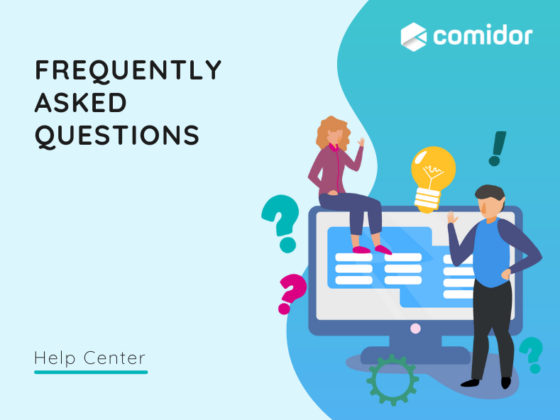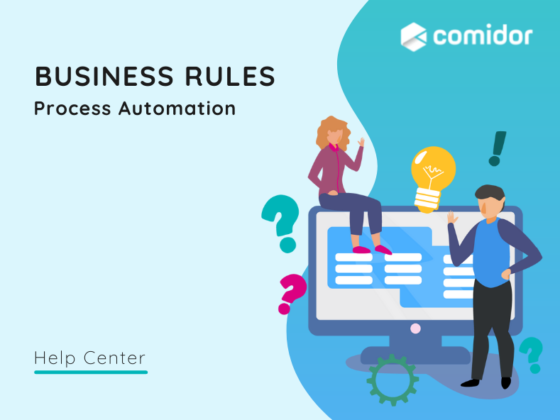ITO-360 stands as a 360-degree design thinking perspective to enterprise optimization, which requires the joint of digitalization of data, business processes and assets, with the intent to reduce costs while maximizing business value.
Leading in Digitalization
Some key technologies that drive Digital Transformation are Cloud Computing, Analytics, Big Data, Artificial Intelligence, and Mobility. Digital experts, no matter if they work in companies that are IT-intuitive or not, have a grand opportunity to determine the transformational change in the organization using the most from these technologies. Thus, digitization needs direction and this lies in the cost optimization by keeping in mind not only IT but also other business functions, with the main aim to simplify business services.
Communicating the potential of IT to people
The Combination of current technologies with a business mindset caused a different perception on whether CIOs are responsible for the digitalization of an enterprise or people from other positions should drive this race. CMO, CEO, and the new-one CDO were also other choices, as they usually run the business mindset more effectively than IT experts. In a 2017 survey, Gartner identified that CEOs together with high-performing CIOs share the focus on digitization.
CIOs should learn to speak the business language in order not only to understand how all business functions of their company would be digitilized but also to understand what are each department’s goals, which will be the business costs and inspire both people and management.
That being said, CIOs will be in charge of bridging the gap between the Business and Technology teams, having the IT department run firstly as a service provider but also as a key partner of the whole business. In the same direction, the latest research from Deloitte reported that business leaders expect CIOs to reduce IT costs and boost efficiency (67%) while maintaining IT systems performance (66%) and simplifying IT infrastructure and applications (46%).
Breaking the Cost-Barrier
In this digital innovation era, CIOs are expected to be prepared and act upon the business’s pursuit to succeed in digital transformation. Trying to balance between the expected costs and digital disruption, you may race (not simply survive) the run by reckoning not only the IT costs but also the business costs in the Cost Optimization process. Using a mix of IT & Business Cost Optimization will prepare the organization for any Digital Business Change. Of course, there is a clear difference between Cost optimization and Cost reduction.
To ensure, firstly, optimization in IT costs, CIOs initially think of the storage and servers’ capacity reduction, improved security in the very best price, software with low maintenance costs, measurable demand in advance, and extra services, where needed. Getting the best pricing and reducing spending in existing contracts will, definitely, make a change. Then, the unification of multiple systems used by the business will help you make IT processes more efficient. Businesses that want to stand as high-performers need more than these; need to change from the traditional to a holistic ITO-360 view of the IT budget.
A More Holistic Approach to Enterprise Optimization
Moving the focus from costs to IT value transparency, requires the ITO-360 view of IT Cost Optimization. This requires CIOs to get insights from different departments and teams and strive to get the most from business outcomes by optimizing not only IT but also Information Delivery methods, Business Processes, and Models, as visualized in the ITO-360 diagram by Gartner analysts.
Optimization of IT Costs, as explained above, is the first, the most expected, and easiest step, but only a part of Enterprise Optimization in the new demanding Digitalization opportunity. This can be implemented by IT experts that are members of the IT department and have the know-how of all systems and services used by the enterprise.
Then, it’s about the Business Process optimization, which can be achieved by identifying the business process patterns. The main goal here is to identify processes that lack clarity of roles and include duplicate or manual work and automate them. Also, CIOs need to foresee future processes that may be needed, while Enterprise is digitalized. Business Process Automation can be implemented with the use of BPM tools and some help from Process designers and modelers.
All the Business Processes include important information that may be delivered company-wide accordingly. Again, while Enterprises are digitalized, this kind of information should disseminate across management functions with the intent of helping in improved decision making. Optimization of information delivery needs the CIO’s “information architect” skills in this ITO-360 approach.
Finally, business model optimization is the most challenging part of the ITO-360 approach. It’s not about the processes or information flow and required collaboration with CDOs. Innovative business modeling aims to discover and translate technology’s potential on Enterprise’s value proposition by making a re-definition on key partners, activities, and resources, on channels used and CRM, and, of course, on cost structure and revenue streams.
Organize your company and enhance your enterprise value proposition





